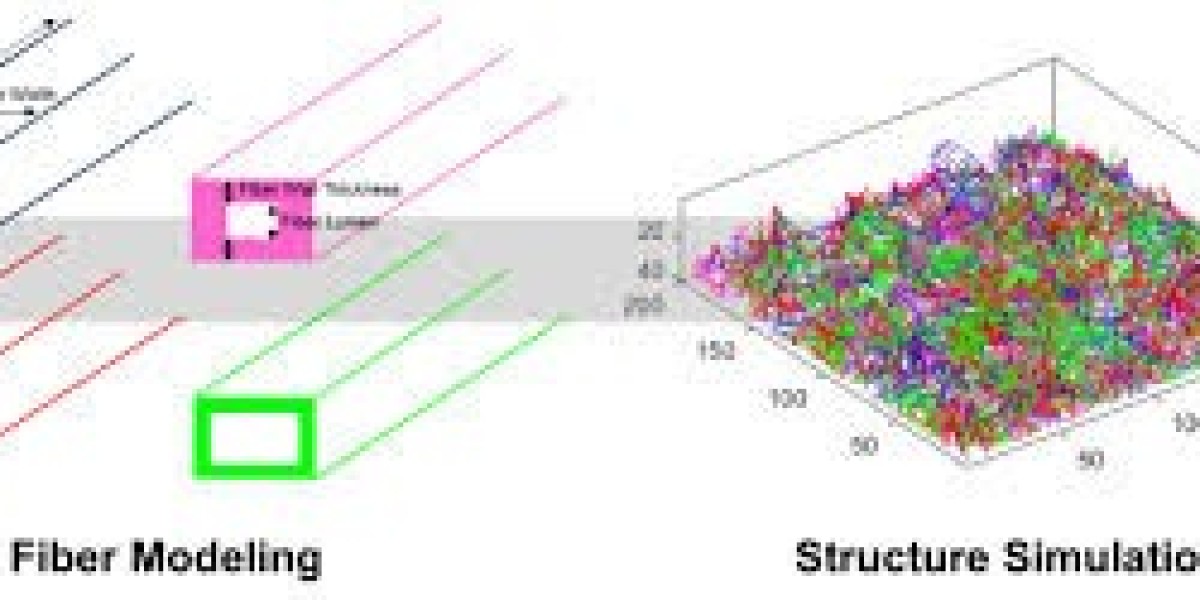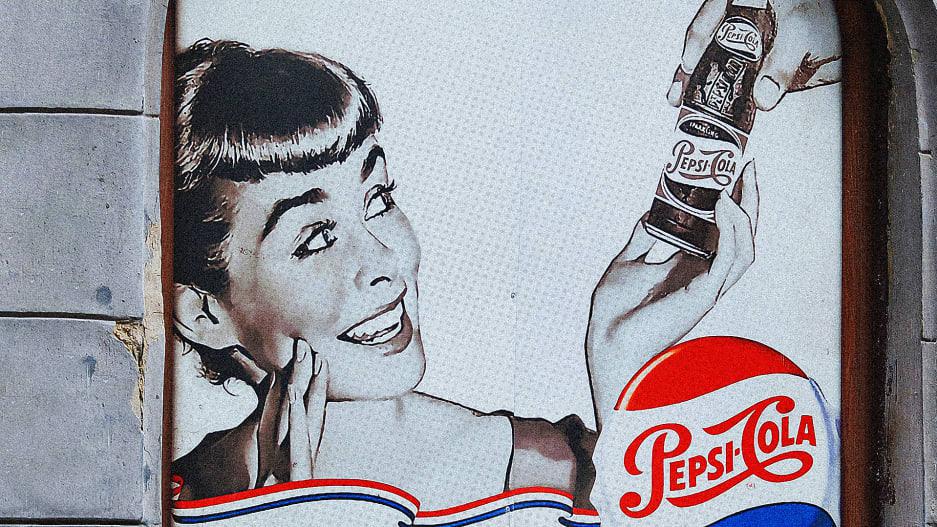The Modern Role of an Embroidery Digitizer in Redefining Textile Personalization
Introduction
The embroidery industry has always thrived on artistry and precision, but in today’s fast-paced digital world, one role stands at the center of innovation: the embroidery digitizer. This professional bridges the gap between creative artwork and flawless stitched output. With the growth of customized apparel, corporate branding, and fashion personalization, the importance of a skilled embroidery digitizer is greater than ever.
This article explores how embroidery digitizers are redefining textile personalization, the tools and techniques they use, and why businesses and individuals depend on them for top-quality embroidery outcomes.
What is an Embroidery Digitizer?
An embroidery digitizer is a specialist who converts artwork, logos, or illustrations into a digital stitch file format that an embroidery machine can read. Unlike graphic designers who work with pixels, digitizers focus on stitches, directions, density, underlay, and thread selection.
Their role requires a combination of technical knowledge, creativity, and precision. A well-prepared stitch file ensures that designs look professional, withstand wear, and maintain consistency across multiple garments.
Why is an Embroidery Digitizer Essential in 2025?
In 2025, demand for customized products is higher than ever. From promotional merchandise to personalized fashion, customers expect quality designs delivered quickly. Here’s why the embroidery digitizer remains indispensable:
Accuracy in Translation: They ensure designs retain their original shape and detail when stitched.
Fabric Compatibility: Every fabric type reacts differently to embroidery. A digitizer selects the right settings for cotton, polyester, denim, silk, or performance wear.
Efficiency in Production: High-quality digitizing reduces thread breaks, minimizes production errors, and saves time.
Creativity in Design: Embroidery digitizers adapt and optimize artwork to achieve maximum visual appeal.
Tools Used by Professional Embroidery Digitizers
The craft has evolved significantly with advanced software and hardware solutions. Common tools include:
Digitizing Software: Programs that allow vector conversion, stitch simulation, and editing.
Drawing Tablets: For freehand sketching and precise design control.
High-Resolution Artwork: Clean graphics are crucial for accurate stitch mapping.
Embroidery Machine Integration: File formats tailored to specific brands like Brother, Janome, or Tajima.
The Embroidery Digitizing Process Explained
A typical embroidery digitizer follows a structured workflow:
Artwork Preparation: Cleaning and simplifying designs to ensure stitch accuracy.
Path Planning: Setting the order in which stitches will be placed.
Underlay Creation: Establishing foundation stitches for stability.
Stitch Types Selection: Choosing between satin, fill, or running stitches depending on the design.
Density and Angle Adjustments: Balancing coverage, durability, and flexibility.
Final Simulation: Running a test preview before production.
Common Challenges Faced by Embroidery Digitizers
Even skilled professionals face obstacles:
Complex Artwork: Highly detailed logos can be difficult to replicate.
Fabric Stretching: Certain fabrics shift under needlework, requiring adjustments.
Color Matching: Digitizers must align thread shades with brand guidelines.
Machine Limitations: Every embroidery machine has unique restrictions that must be respected.
Overcoming these challenges requires both experience and technical know-how.
Impact of an Embroidery Digitizer on Textile Personalization
Personalization is the biggest trend in textiles, and embroidery digitizers make it possible. Their work supports:
Corporate Branding: Logos embroidered on uniforms, caps, and promotional products.
Fashion Innovation: Custom artwork on denim, jackets, and streetwear.
Event Memorabilia: Embroidered patches and keepsakes for sports teams, weddings, or concerts.
Home Décor: Monograms on linens, curtains, and cushions.
With consumer demand shifting toward one-of-a-kind items, the role of the embroidery digitizer has never been more impactful.
Trends in Embroidery Digitizing for 2025
The embroidery digitizing landscape continues to evolve. Key trends include:
AI-Assisted Digitizing: Artificial intelligence helps automate basic stitch planning.
Eco-Friendly Threads: Digitizers adapt to sustainable materials.
3D Puff Embroidery: Creating raised effects for fashion and sportswear.
Mixed-Media Embroidery: Combining embroidery with print or appliqué.
Faster Turnaround Expectations: Customers expect same-day or next-day delivery of digitized files.
These trends highlight how embroidery digitizers are adapting to the changing demands of the textile industry.
Skills Every Embroidery Digitizer Must Have
Attention to Detail: Every stitch must be carefully placed.
Technical Expertise: Understanding machine limitations and fabric behavior.
Creativity: Designing visually appealing yet machine-friendly patterns.
Problem-Solving: Adjusting artwork and settings when complications arise.
Communication: Collaborating with clients to meet brand expectations.
Why Businesses Should Invest in Professional Embroidery Digitizing
Hiring a professional embroidery digitizer offers several benefits:
Cost Savings: Prevents wasted fabric and thread caused by poor files.
Consistency: Ensures identical results across multiple production runs.
Quality Assurance: Produces sharp, clean, and professional stitches.
Scalability: Supports bulk orders without compromising quality.
Future of the Embroidery Digitizer Profession
The role of the embroidery digitizer is expanding with new technologies. While software automation is improving, human expertise remains irreplaceable. Professionals who master both creative design and technical digitizing will continue to thrive in industries ranging from fashion to promotional products.
FAQs about Embroidery Digitizers
Q1: What exactly does an embroidery digitizer do?
An embroidery digitizer converts artwork into stitch files that machines can read, ensuring clean and professional embroidery results.
Q2: Why can’t I just use automatic software?
Automatic software often struggles with complex designs. A skilled digitizer ensures accuracy, fabric compatibility, and stitch quality.
Q3: How often do businesses need embroidery digitizers?
Anytime a new design, logo, or artwork requires embroidery, a digitizer’s expertise is needed.
Q4: Is embroidery digitizing only for large companies?
No, even small businesses, independent designers, and hobbyists benefit from quality digitizing.
Q5: What skills separate a great embroidery digitizer from the rest?
Creativity, technical knowledge, problem-solving, and attention to detail distinguish the best digitizers.
Conclusion
The embroidery digitizer has become a cornerstone of modern textile personalization. From corporate branding to high-fashion applications, digitizers ensure that designs translate seamlessly from digital files to embroidered reality. As the textile industry embraces new materials, techniques, and sustainability practices, the demand for skilled embroidery digitizers will continue to grow.
For anyone looking to enter the embroidery industry or improve production quality, understanding and valuing the role of the embroidery digitizer is key to success.








